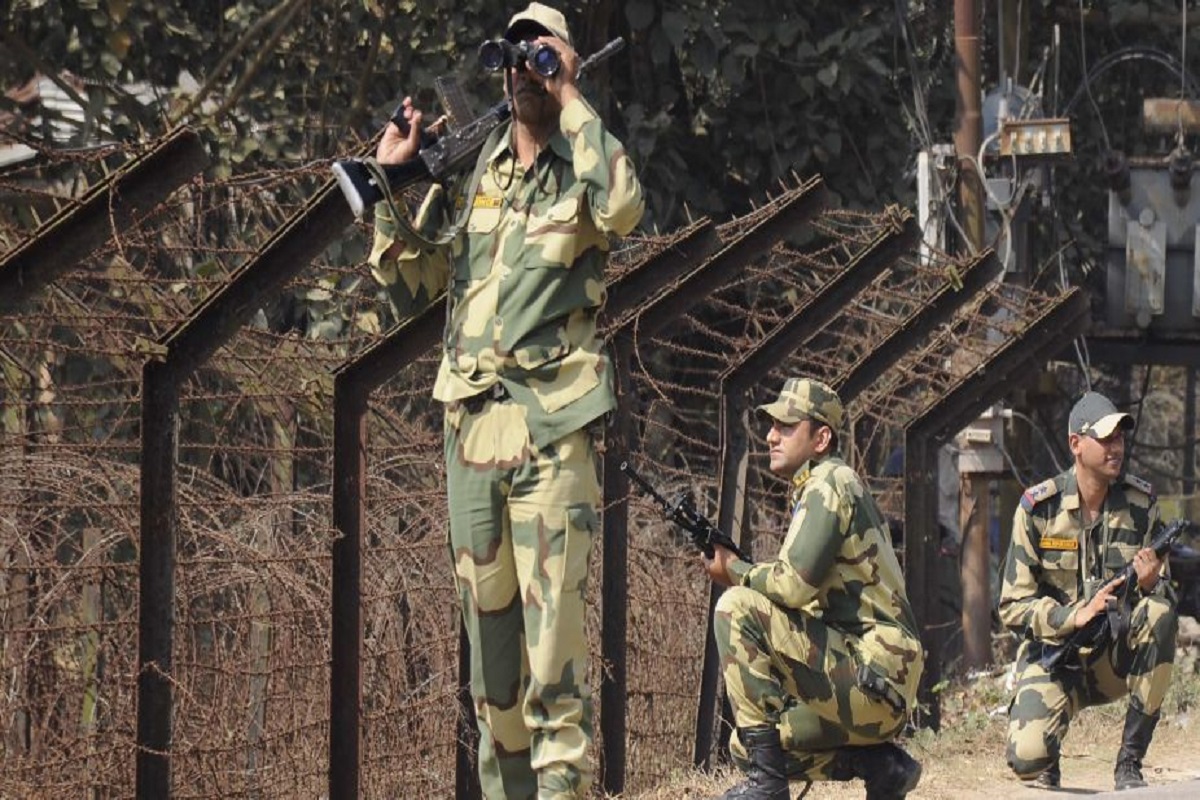The Vibrant Villages programme announced by the government in this year’s Union Budget to re-populate border villages and promote reverse migration to them in the states of Uttarakhand, Himachal Pradesh, and Arunachal Pradesh has been a widely lauded initiative. There can be no argument that a vital aspect of India’s border-management policy ought to focus on upgrading the infrastructure in these villages, enhancing access to energy and education for their residents, and generating more livelihood opportunities. The programme builds on earlier efforts to develop border areas as part of India’s security matrix but has acquired renewed urgency over the past few years given the border stand-off with China. The choice of states in which the initiative has been rolled out makes that explicitly clear.
Some experts, however, have raised the issue of the possibility that an increasing emphasis on security, while certainly valid, may end up neglecting the socio-economic dimensions of the initiative. India’s policy establishment, in implementing the programme, needs to double down on an approach which strikes a balance between the policy’s security and socio-economic aspects to ensure it achieves its strategic objective. Learning from the shortcomings of past initiatives such as the Border Area Development Programme or BADP (1985-90) which aimed to develop border infrastructure for the security of 457 blocks in 117 districts of 16 states and two Union Territories is essential for the success of Vibrant Villages says a recent article in South Asian Voices. For example, despite revisions in the BADP to account for factors such as health, education, and agri- culture, the programme faced challenges due to the lack of a socio-economic focus. Decreasing habitation, lack of connectivity, and scarcity of resources are the main concerns of border village communities which if not addressed in a comprehensive manner could undermine the Vibrant Villages programme.
It was only after the report of the Kargil Review Committee constituted after the border conflict with Pakistan in 1999 that governments began to recognise that safeguarding the borders requires more than just an armed-security approach. China has shown how this can be done and has had a head-start in this respect – on 1 January 2022 Beijing proclaimed a new border law focused on safeguarding its national sovereignty through developing towns along its borders with India, Nepal, and Bhutan, and increasing the role of local residents in surveillance. But New Delhi too albeit incrementally has been upping its game over the past two decades. The Centre created the Department of Border Management (2004), the Land Ports Authority of India (2012), and has built integrated check-posts to monitor the cross-border movement of people and goods. The jury, however, is still out on the central question: Should India emphasise increasing connectivity rather than making the borders hard? A bit of both would be ideal.










